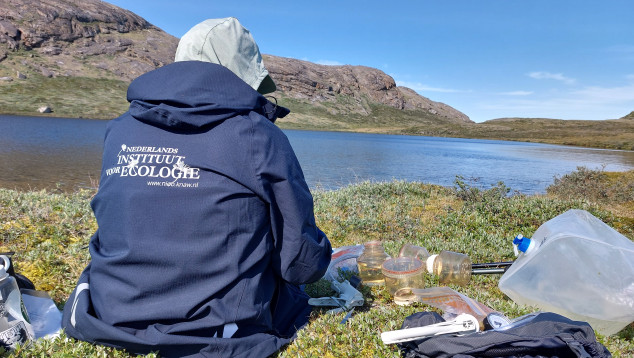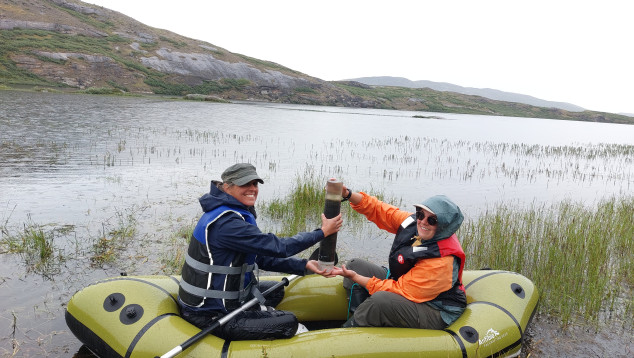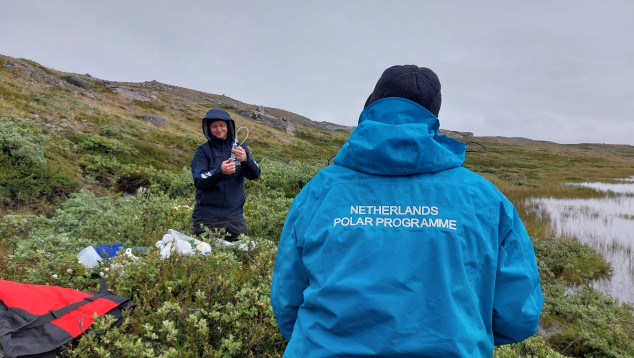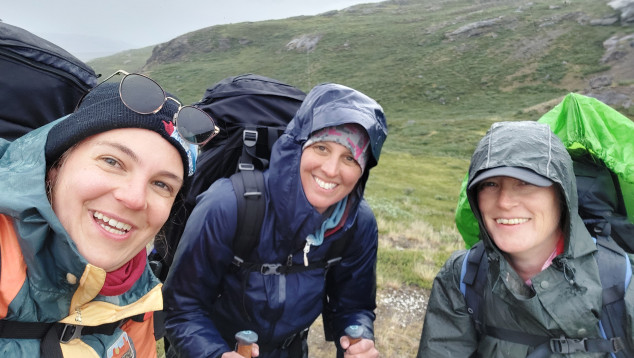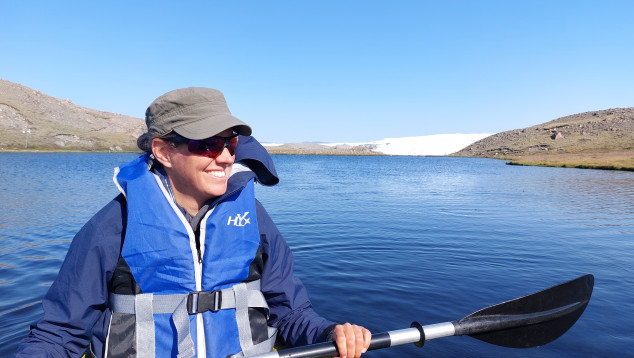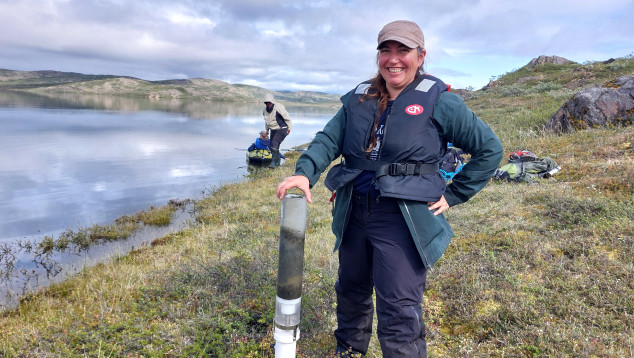The highs and lows of fieldwork in Greenland
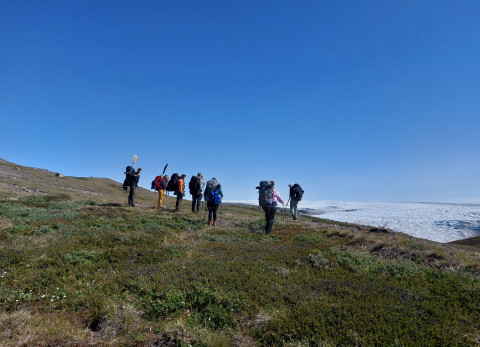
The highs and lows of fieldwork in Greenland
As part of the CLIMET consortium (Climate feedbacks and methane cycling in Arctic lakes: enzymes to atmosphere), researchers from the NIOO-KNAW have been in West Greenland investigating methane cycling in Arctic lakes. The aim of this first field visit was to assess variability in lake conditions and microbial composition across the low arctic landscape of Kangerlussuaq.
CLIMET project update – July 2025
After six intense weeks of lake sampling, hiking, gear wrangling, data logging, and troubleshooting, we are thrilled to report: we made it! Fifty lakes across the Kangerlussuaq area were sampled as part of the CLIMET project. We sampled a range of lakes from small, vegetated ponds to large glacial basins, saline lakes, and the mighty Long Lake (Aajuitsup Tasia), the deepest and largest of all. The finish line at the final lake was toasted in true Arctic fashion, with a celebratory shot of Gammel Dansk. Although we felt a little less heroic due to exhaustion and mild hypothermia after a 1.8 km rowing trip against the wind.
We aimed for spatial diversity across the landscape, and succeeded: the lakes span a range of sizes, elevations (up to 435 m), salinity levels, and ecological contexts. This range is crucial to understand how local conditions shape microbial processes such as methane cycling-particularly under changing Arctic conditions.
Every lake meant liters of water to be sampled; ~440 liters were filtered by hand pump in total, resulting in 2 broken pumps! Equipment didn’t always cooperate, and neither did the weather. Strong winds occasionally forced us to reschedule or skip certain large or exposed sites, while sunny days reliably attracted swarms of mosquitoes. Nonetheless, 212 liters of water were carried back to base on foot, with rucksacks weighing between 14–22 kg daily.
Life in the field: dust, lemons, and lost grapnels
Field life had its own rhythm (theoretically at least): a three-days-on, one-day-off/ a not hiking day-schedule, packed sandwiches made with home-made sourdough bread named Betty, and enough car snacks to warrant a multivariate analysis of their own. We introduced an army style checklist after realizing we had forgotten at least one item each day. A new team favorite emerged: the grapnel, used for everything from aquatic plant collection to back scratching until it mysteriously sank to its final resting place in Lake 29.
Other highlights include “lemon licking” to stave off scurvy (of questionable efficacy), turning every broken object into an improvised anchor (Fleur’s speciality), and the best field soundtrack ever “Dust in the wind” sung by Suzanne. Other than that life existed of navigating the Arctic wilderness with backpacks that sometimes contained a deflated packraft, boat paddles, sediment corer, plenty of sunscreen, mosquito net, and… dry clothes, if we remembered.
People power and a landscape worth studying
This effort was made possible by a dedicated team: Fleur, Ate, Noemi (RU), Annelies (RU) and Suzanne who braved every kind of field discomfort; cold feet, wet feet, sunburnt faces, cracked hands (courtesy of the dry Kangerlussuaq air and water), and an unrelenting tundra landscape that rarely offered the path of least resistance (especially with Fleur navigating). We were also supported by a rotating crew of helpful friends and colleagues: Jasmine, Vendy, Robert, Thomas, Grayson, Avery, Miranda, Kayla, Maud, and Zoe.
Their support, along with some crucial last-minute logistics such as supply of mini-dots, conductivity meters from colleagues back in the Netherlands, helped us reach the finish line.
What comes next?
We returned home with kilos of samples, terabytes of sensor data, and plans for large-scale multivariate analyses and microbiology experiments to explore patterns in microbial and biogeochemical dynamics across this Arctic landscape. But first: a well deserved rest!

